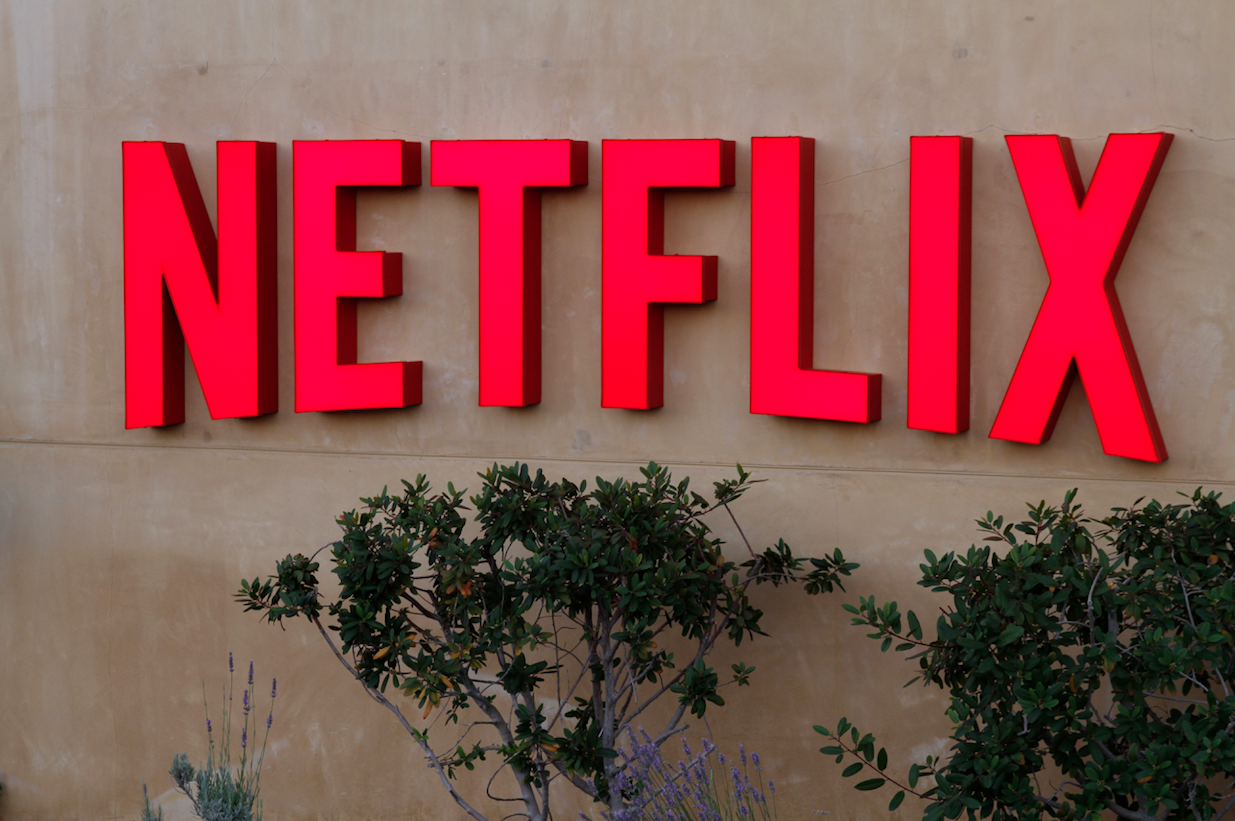
After more than 40 years of operation, DTVE is closing its doors and our website will no longer be updated daily. Thank you for all of your support.
Netflix overachieves on subscriber growth as competition begins to bite in US
 Netflix has reported a strong end to 2019, adding 8.8 million paying subscribers, well ahead of its forecast of 7.6 million. However, in a sign that the competitive landscape is changing, the vast bulk of its net adds came from its international operations, particularly EMEA, with the US subscriber base growing by only 420,000 compared with 1.75 million for the same period a year ago.
Netflix has reported a strong end to 2019, adding 8.8 million paying subscribers, well ahead of its forecast of 7.6 million. However, in a sign that the competitive landscape is changing, the vast bulk of its net adds came from its international operations, particularly EMEA, with the US subscriber base growing by only 420,000 compared with 1.75 million for the same period a year ago.
Netflix has forecast a relatively modest seven million net adds for Q1, below the 9.6 million added in the same period last year.
While profitability has improved – the streamer posted adjusted EBITDA of US$586 million in Q4 – observers remain concerned about the company’s cashflow as it invests more in content to stay ahead of a growing roster of rival platforms. Netflix posted negative free cashflow of US$1.67billion for Q4, compared with negative US$1.315 billion for the same period last year.
In his letter to investors, CEO Reed Hastings attributed the lower US growth to “our recent price changes and to US competitive launches”, with “a more muted impact” from those launches in international territories.
Hastings said that, despite the launch of Apple TV+ and Disney+, viewing of Netflix content per membership grew both globally and in the US on a year-on-year basis, with new offering The Witchertracking to be the streamer’s “biggest season one TV series ever”.
Speaking on Netflix’s earnings call with investors, Hastings said that Disney+ would “be a global service quite quickly” along with “many other” offerings, but added that Netflix competed “very broadly for viewing” with YouTube as well as linear TV. He said that the service was continuing to grow as consumers turned away from linear TV in particular “because our content is getting better [and] our service is getting better”.
On Netflix’s continue heavy investment in new content, Hastings said that the SVOD service’s “diversity and quality” of programming was “driving member satisfaction” and thus contributing to it meeting its financial targets, with revenue growing by 30% this year – Q4 revenue was US$5.467 billion– and operating profit rising to US$2.6 billion. He added that Netflix is “delivering on our cashflow objectives”, with a forecast that cashflow will move from negative US$3.3 billion in 2019 to negative US$2.5 billion for 2020.
Hastings again dismissed the idea that Netflix could turn to advertising to fuel revenue growth, arguing that it would be “quite challenging” to compete with the likes of Amazon, Google and Facebook in the advertising business.
Netflix invested just under US$10 billion in content in 2019, up 20%, and CFO Spencer Neumann said that it would continue to invest in content at “those types of levels” this year as it focuses more on more on originals rather than licensed content.
Analysts received the latest results positively, although there is continued concern about Netflix’s cashflow.
“This was a good end to a rollercoaster year. It had a record first quarter in 2019 in terms of net additions and then missed out on its own targets for the next two quarters. The road ahead will get bumpy for sure. Worryingly, the company is burning through a lot of cash. It needs to recoup this by adding customers more quickly, increasing prices or taking on more debt. Therefore, expect price rises in all key markets during 2020,” said Paolo Pescatore, tech, media and telco analyst at PP Foresight.
“There’s a fine juggling act in raising revenue through price increases versus retaining subscribers. This could backfire as many of the new and forthcoming video streaming services are cheaper than Netflix. This makes Netflix vulnerable in its home market where it stands to lose out, quite considerably as underlined by these latest results.”
Pescatore said that despite the more intense competition in the US market in particular, Netflix “remains in pole position” and should be able to weather the storm in the short-term.


